Name Antonio Pigafetta | Other names Antonio Lombardo | |
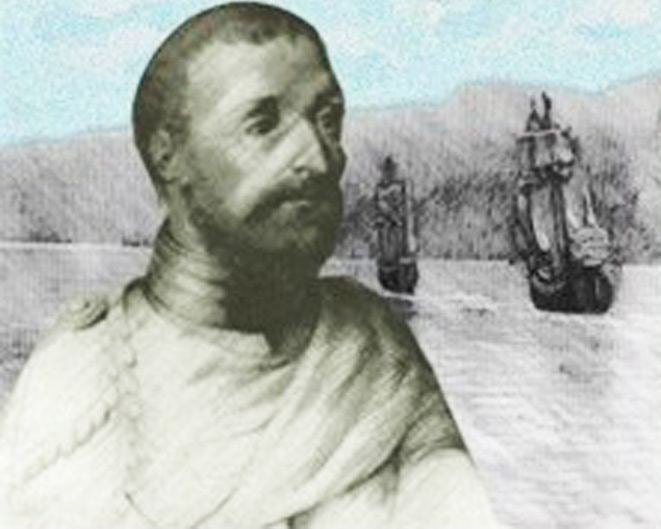 | ||
Books First Voyage Around th, Magellan's Voyage: A Narrative, Magellan, Primer Viaje en Torno del, The voyage of Magellan Died c. 1531 (aged about 40–50) Vicenza, Republic of Venice Similar Ferdinand Magellan, Rajah Humabon, Juan Sebastián Elcano | ||
Ferdinand magellan complete story by antonio pigafetta
Antonio Pigafetta ([anˈtɔnjo piɡaˈfetta]; c. 1491 – c. 1531) was an Italian scholar and explorer from the Republic of Venice. He traveled with the Portuguese explorer Ferdinand Magellan and his crew by order of the King Charles I of Spain on their voyage around the world. During the expedition, he served as Magellan's assistant and kept an accurate journal which later assisted him in translating the Cebuano language. It is the first recorded document concerning the language.
Contents
- Ferdinand magellan complete story by antonio pigafetta
- Antonio pigafetta home at vicenza italy
- Youth
- Voyage around the world
- Return
- References
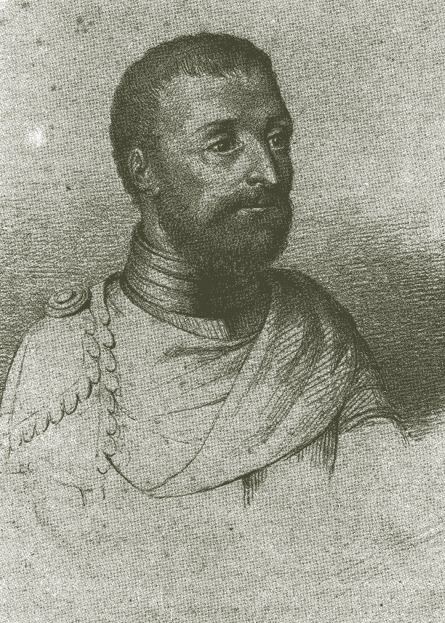
Pigafetta was one of the 18 men who returned to Spain in 1522, out of the approximately 240 who set out three years earlier. The voyage completed the first circumnavigation of the world; Juan Sebastián Elcano had served as captain after Magellan's death during the voyage in 1521 in the Philippines. Pigafetta's surviving journal is the source for much of what we know about Magellan and Elcano's voyage.
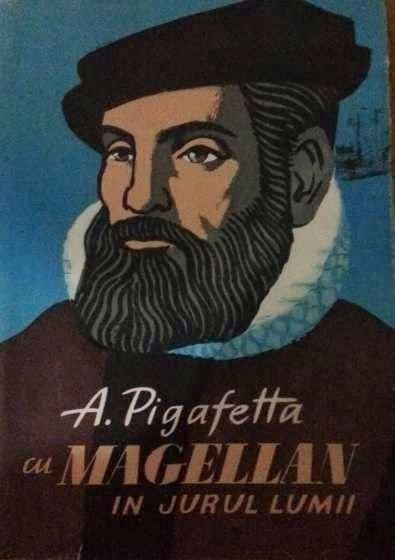
At least one warship of the Italian Navy, a destroyer of the Navigatori class, was named after him in 1931.
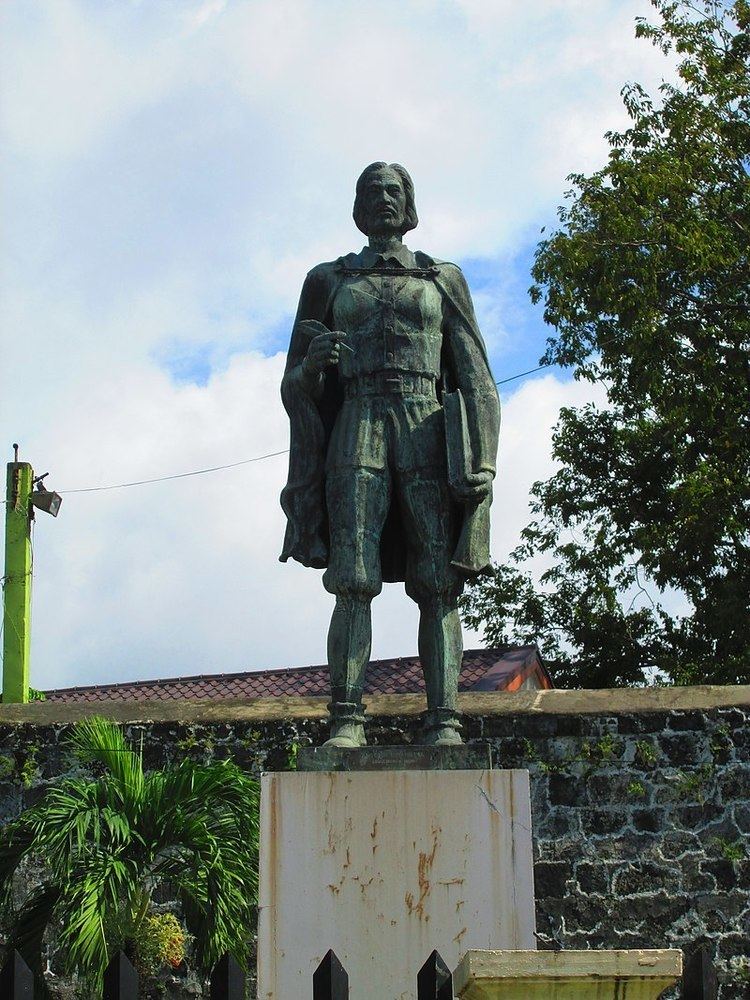
Antonio pigafetta home at vicenza italy
Youth
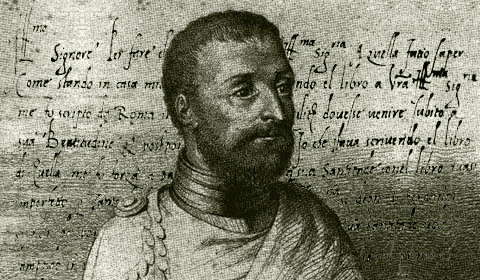
Pigafetta belonged to a rich family in the city of Vicenza in northeast Italy. In his youth he studied astronomy, geography and cartography. He then served on board the ships of the Knights of Rhodes at the beginning of the 16th century. Until 1519, he accompanied the papal nuncio, Monsignor Francesco Chieregati, to Spain.
Voyage around the world
In Seville, Pigafetta heard of Magellan's planned expedition and decided to join, accepting the title of supernumerary (sobresaliente), and a modest salary of 1,000 maravedís. During the voyage, which started in August 1519, Pigafetta collected extensive data concerning the geography, climate, flora, fauna and the native inhabitants of the places that the expedition visited. His meticulous notes proved invaluable to future explorers and cartographers, mainly due to his inclusion of nautical and linguistic data, and also to latter-day historians because of its vivid, detailed style. The only other sailor to maintain a journal during the voyage was Francisco Albo, Victoria's last pilot, who kept a formal logbook.
Return
Pigafetta was wounded on Mactan in the Philippines, where Magellan was killed in the Battle of Mactan in April 1521 by the local ruler Lapu-Lapu. Nevertheless, he recovered and was among the 18 who accompanied Juan Sebastián Elcano on board the Victoria on the return voyage to Spain.
Upon reaching port in Sanlúcar de Barrameda in the modern Province of Cadiz in September 1522, three years after his departure, Pigafetta returned to the Republic of Venice. He related his experiences in the "Report on the First Voyage Around the World" (Italian: Relazione del primo viaggio intorno al mondo), which was composed in Italian and was distributed to European monarchs in handwritten form before it was eventually published by Italian historian Giovanni Rumisio in 1550–59. The account centers on the events in the Mariana Islands and the Philippines, although it included several maps of other areas as well, including the first known use of the word "Pacific Ocean" (Oceano Pacifico) on a map. The original document was not preserved.
However, it was not through Pigafetta's writings that Europeans first learned of the circumnavigation of the globe. Rather, it was through an account written by a Flanders-based writer Maximilianus Transylvanus, which was published in 1523. Transylvanus had been instructed to interview some of the survivors of the voyage when Magellan's surviving ship Victoria returned to Spain in September 1522 under the command of Juan Sebastian Elcano. After Magellan and Elcano's voyage, Pigafetta utilized the connections he had made prior to the voyage with the Knights of Rhodes to achieve membership in the order.
